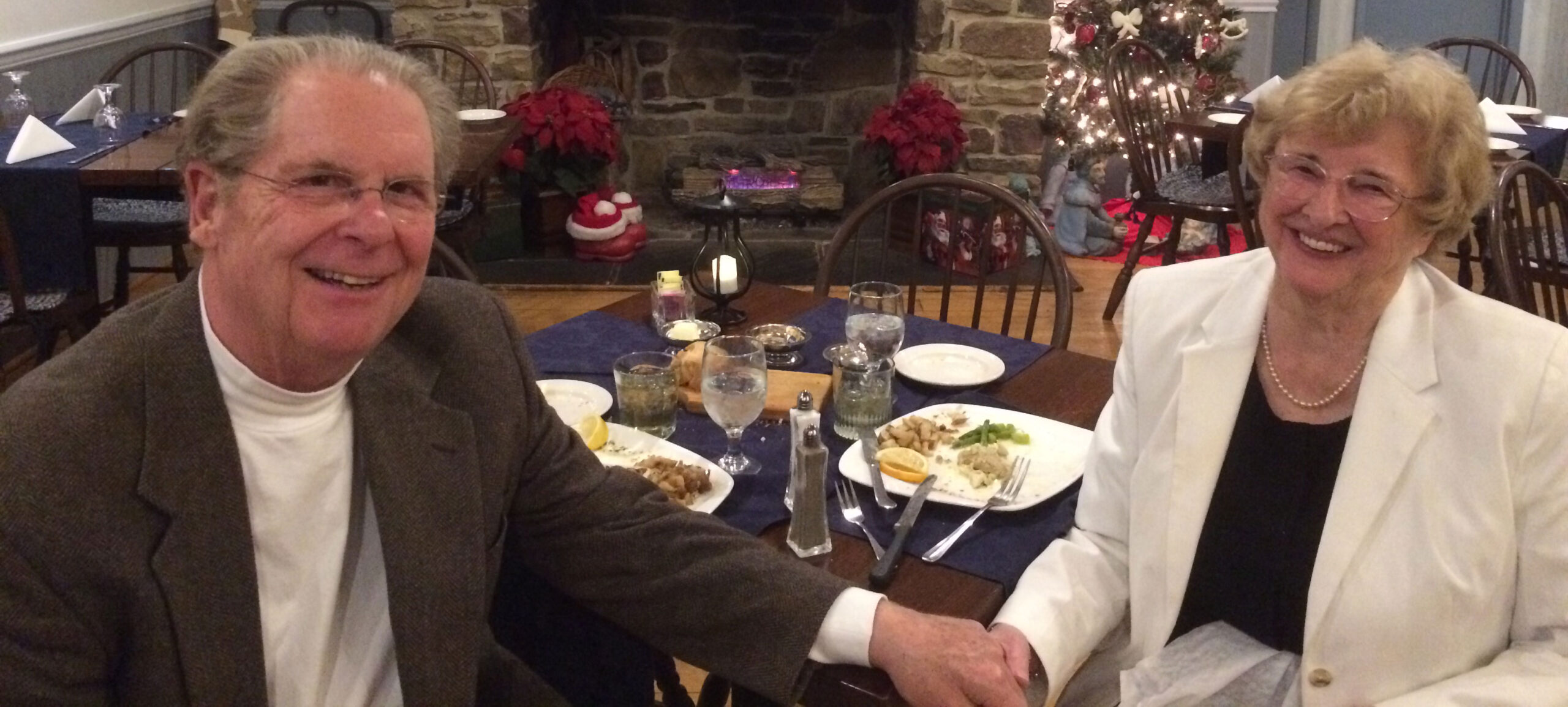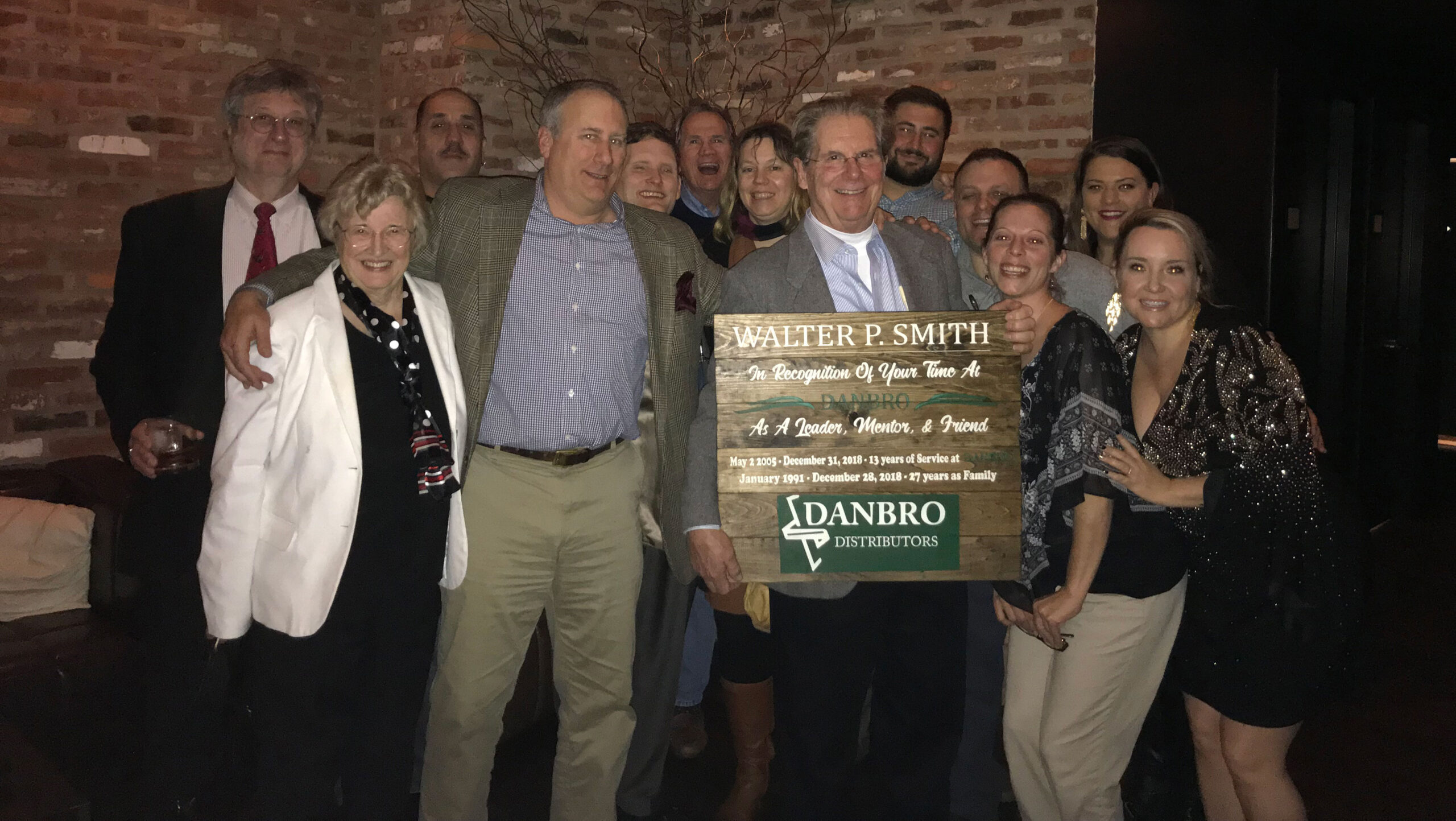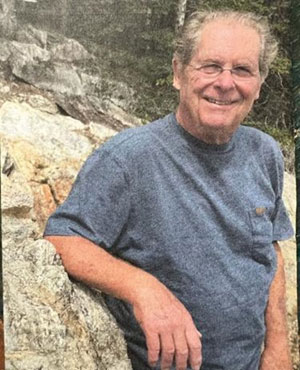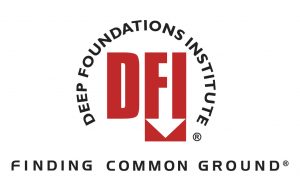Our friend and colleague, Walter Pyle Smith, 79, of Gettysburg, passed away on Wednesday, March 27, 2024. Born on October 2, 1944, in Lawrence, Kansas, he was the son of the late Frederick H. and Katherine Pyle Smith. Walter is survived by his wife of thirty-four years, Jeannette Chaffee Smith.
If there were a Helical Hall of Fame, Walter P. Smith would be in it. Like so many pivotal players in the history of a given subject, Walter’s outsized influence on the development of the helical industry was the confluence of talent, timing, and teamwork.

In 1989, Walter saw an ad in the trades and responded. The gentleman heading up the company was an old acquaintance of Walter’s, Bill Edwards, and, in short order, Walter joined the newly formed Civil Construction Division of the A. B. Chance Co. At the time, they had one new distributor in the Mid-Atlantic/Northeast territory, few installers, and most people couldn’t pronounce “helical”, let alone define it. For the next twelve years, Walter helped contractors and engineers learn the applications helicals serve in the deep foundation industry and assisted them to better understand when and where to use them.
Helicals date back to 1836, but ultimately fell out of favor with the mechanization of the Industrial Revolution advancing the use of alternative pilings. Albert Bishop Chance, who ran the local telephone company in Centralia, MO, patented the no-wrench anchor, based on Inventor Alexander Mitchell’s original helical concept. He used them in tension to stabilize telephone poles and, as the Telephone Industry grew in popularity, so did the use of Chance helical anchors. In the 1980s, Chance formed the Civil Construction division and, after a successful tower support in the Great Dismal Swamp, turned their attention to compression applications. Enter Walter as the newly formed division turned its attention to the use of helicals in compression and struggled to produce the first-generation underpinning bracket. “It took some finetuning,” Walter related, “but trial and error ultimately led to success.” While the piles themselves worked well in most soil situations, the terminations needed to be developed to address potential new applications and grow the business. Walter credited the Engineering Department and its creative engineers, Don Bobbitt, Lee Goen, and Gary Seider: “They would come up with the designs and I would provide feedback from the field as to what worked and what needed refinement.”
In addition to the UP bracket, Walter contributed to the development of angle terminations for battered walkway piles/anchors, the beam seat bracket, and the mooring termination. Each new termination helped to expand or develop another application for helicals.
In addition to the right hardware, it became apparent to Walter that to grow the use of helicals, they needed to gain the acceptance of the engineering community. His second greatest contribution to grow this business was a concentrated effort to educate and convince specifiers, i.e., geotechnical & structural engineers, that helicals were a valuable tool. “My first attempts did not go well,” Walter remembered. “I would just get up in the front of the room and talk. I recognized I needed visuals, so I developed transparencies illustrating my points and demonstrating the various applications through actual jobs we had done.” “You tell them and they may not remember, but, if you tell them and show them, they get it.” He started to see the nodding heads and could tell from the questions that they were absorbing the material. “As professional engineers became more knowledgeable, their confidence in helical technology grew and so did we.” The uses expanded to include tiebacks, underpinning existing structures, new construction piles, walkway piles, and moorings.
The Certification process was another important step in raising the comfort level of GCs and Engineers. Jeannette would often accompany Walter in the field and was a fixture at the Installer Training Sessions. She would assist Walter in the training sessions and, on a few occasions, helped test-takers with learning disabilities. She took the test herself many times and provided feedback to help refine the training manual. “In addition to her engineering background, Jeannette was an excellent judge of character and helped me to decide who we should trust with a new distributorship. On one occasion, I spent half the day in the field and home office of a “would-be” distributor, Knight Construction in West Virginia. Later that evening, we were having social time at the end of the day. I was called away and when I returned, John Knight complimented me, quipping “I learned more from your wife in twenty minutes, than I did from you all day!”
Mark Avon’s experience (Avon Corp.) was typical of Walter’s philosophy of growing the helical business by finding the right people and giving them the support they needed to succeed. “Walter was the key to our successful relationship with Hubbell and Paul Mauer of Levelift , the distributor at that time,” stated Mark. “In 1991, we were the low bidder on the largest walkway job in the history of Fairfax County, but had never installed a helical,” he continued. “Both Paul and Chance were skeptical, but Walter spent a lot of time getting to know me and educating me about helicals. He pledged to work with me to make sure this inaugural project would silence the critics and serve as a springboard for our helical business. In 1995, we did a million dollars in helicals, capped the decade with another million-dollar year in 1999/2000, and never looked back,” said Mark. “Walter believed in us, but, more importantly, gave us the education and in-field support to succeed,” he concluded.
Walter left Chance in 2000 and spent the next three years with GeoStructures before returning to the helical world with Danbro Distributors. Danbro was another of Walter’s original new distributor recruits (in addition to hundreds of new dealers), who, through their growth, helped to put helicals on the map. Danbro had grown from Eastern PA/South Jersey to handle the entire Northeast and MidAtlantic States. Danbro needed a seasoned hand to help manage the growth. Frank D’Angelo’s original mentor now became his right-hand man. “Walter had taught me everything I knew about helicals and was a natural choice. He was an invaluable asset, as he had hands-on experience in virtually every aspect of the helical business. I could send him anywhere to handle any facet of the work and he knew exactly what to do with little input and no supervision. Customers loved him, plus he could train new hires, freeing me up,” Frank recalled.
Fittingly, Walter trained the two men it took to replace him: his nephew, David Smith, in lead generation and Danbro’s field support specialist, Nick Gill. He also was an invaluable asset to Pat Haffert in Marketing due to his vast experience, customer knowledge, and creative instincts.
However, all good things come to an end, and Walter and Jeannette decided to retire at the end of 2018. They were feted at a dinner held in their honor by family, friends, and co-workers on December 28th in Philadelphia. In an emotional farewell, Frank D’Angelo thanked his friend and mentor, stating that everything he knows about the helical business, he learned from him and that there would be no Danbro Distributors without Walter Smith – a speech many other distributors Walter recruited could have made.

Walter Smith came to the helical business at a critical development period with the only nationwide manufacturer at the time. With this timing, hard work, insights, talents, and the collaborative spirit of co-workers, he helped to invent, grow, and develop the helical world into the mature business it is today. That is why I believe that if there ever is a virtual “Helical Hall of Fame” (hint, hint HPW) the late, great Walter P. Smith would be a first round, unanimous selection. RIP, Walter P Smith. You left your mark … with a screw!




